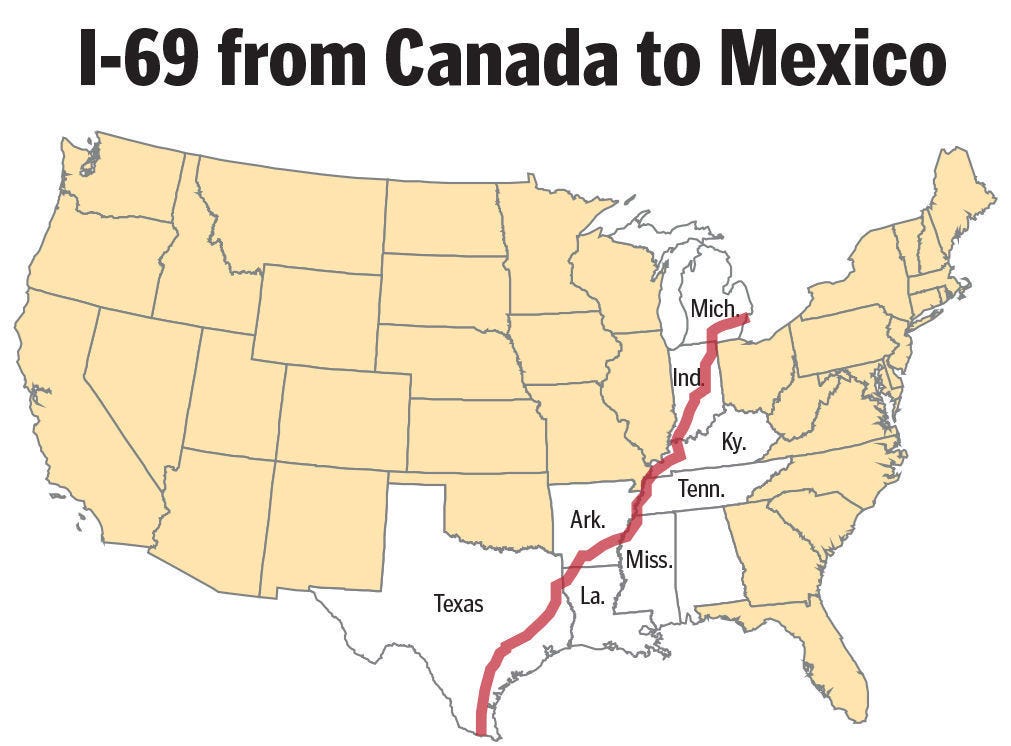
Introduction
The North American Free Trade Agreement (NAFTA) has been a crucial component of trade policy in North America since its inception in 1994. Established between Canada, Mexico, and the United States, NAFTA aimed to eliminate trade barriers, promote fair competition, and increase investment opportunities among the three nations. As global trade dynamics evolve, understanding NAFTA’s ongoing relevance and effects becomes increasingly important, particularly in light of recent developments like the United States-Mexico-Canada Agreement (USMCA) which replaced NAFTA in 2020.
The Impact of NAFTA
NAFTA led to significant changes in trade policies among the three countries, resulting in a substantial increase in trade volumes. According to a report from the Office of the United States Trade Representative, trade between the U.S., Canada, and Mexico grew from approximately $290 billion in 1993 to about $1.3 trillion by 2018. This boost has supported millions of jobs, particularly in sectors like agriculture, automotive, and manufacturing.
However, NAFTA was not without its controversies. Critics argued that the agreement led to job losses in some U.S. manufacturing sectors and increased income inequality. Labor unions in the U.S. frequently voiced concerns over job relocations to Mexico, where labor is less expensive. These criticisms contributed to the demands for renegotiation that ultimately led to the creation of USMCA.
Transition to USMCA
In late 2018, after extensive negotiations, the three countries agreed to the USMCA, which sought to address several shortcomings of NAFTA. The new agreement included stronger labor provisions, enhanced intellectual property protections, and regulations to increase transparency in trade practices. Additionally, USMCA aimed to ensure that a larger portion of automobile parts be made in North America and improved access for U.S. dairy and poultry products in Canada.
Conclusion
The transition from NAFTA to USMCA signifies that while NAFTA laid the groundwork for North American trade, the changing economic landscape necessitated a more modern agreement. As countries continue to navigate challenges such as supply chain disruptions caused by the COVID-19 pandemic and geopolitical tensions, USMCA may play a critical role in shaping future trade relations. For businesses and consumers alike, understanding these trade agreements and their implications will be essential as North America adapts to an increasingly interconnected world.






